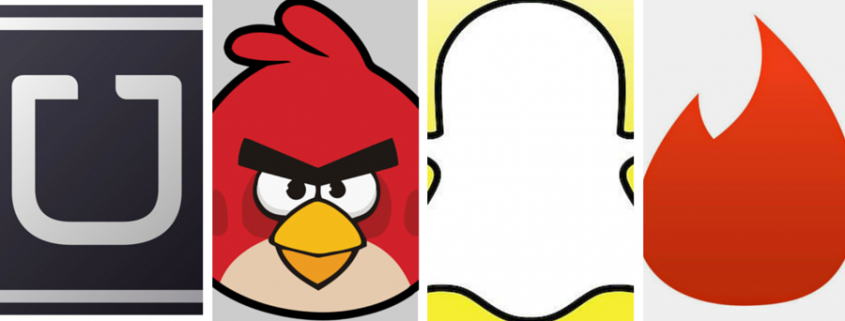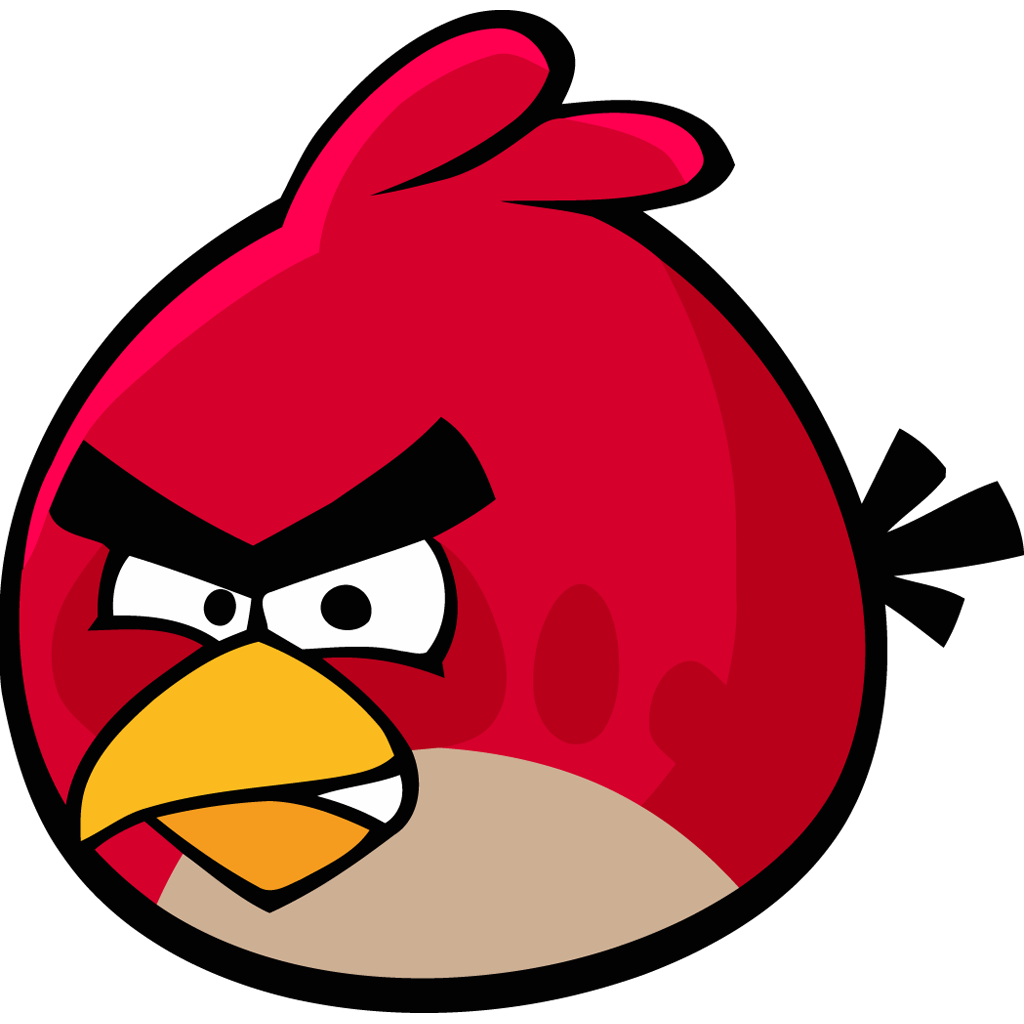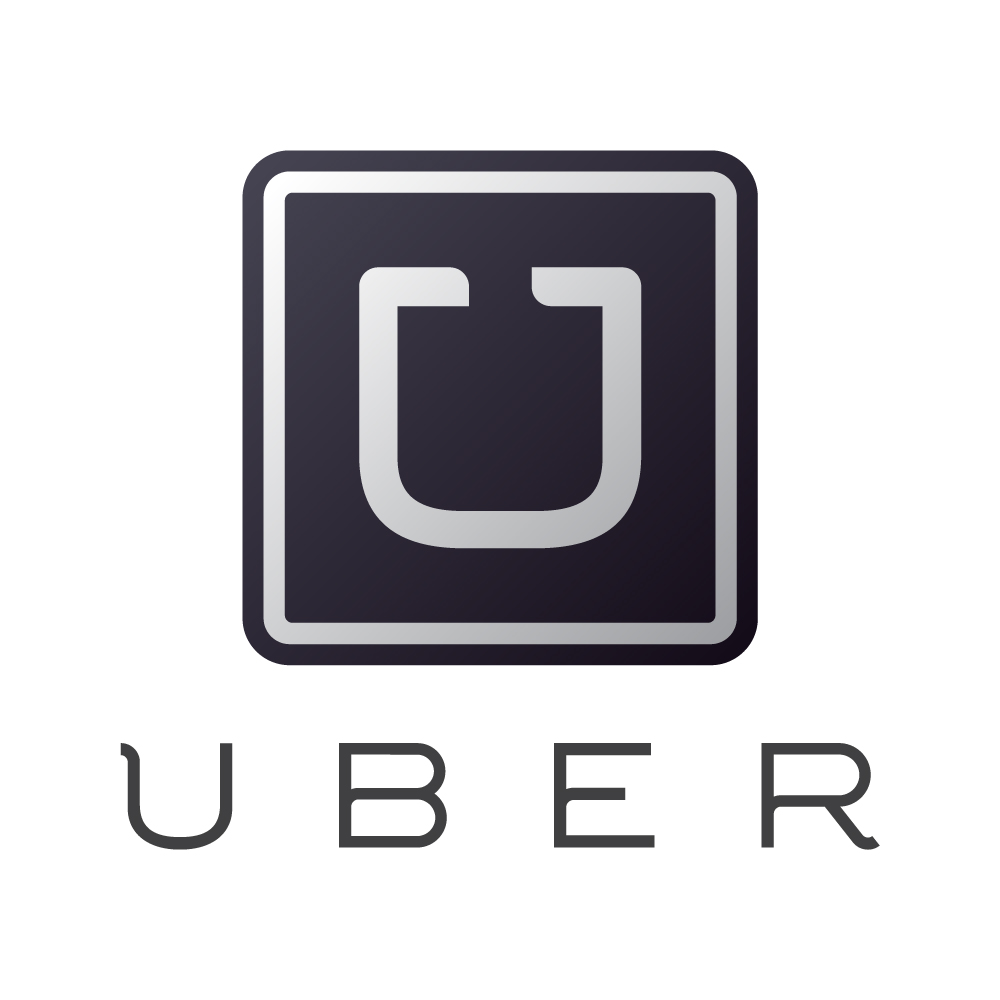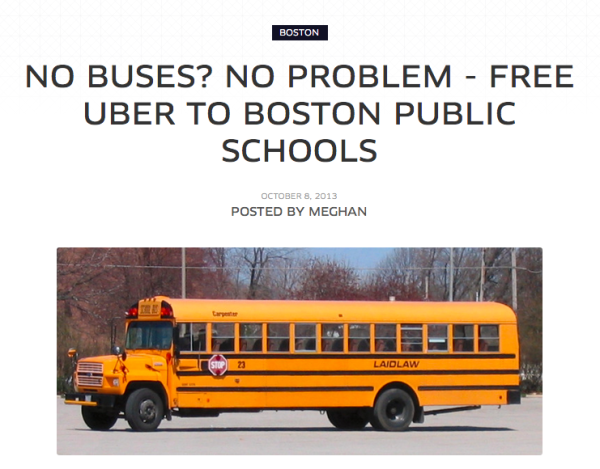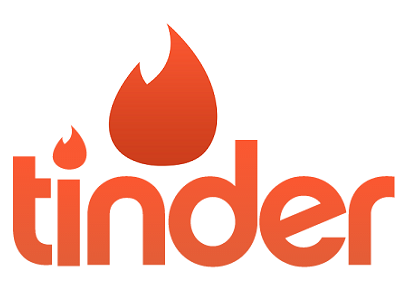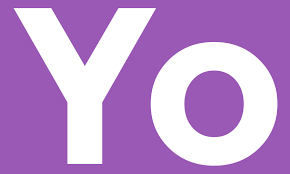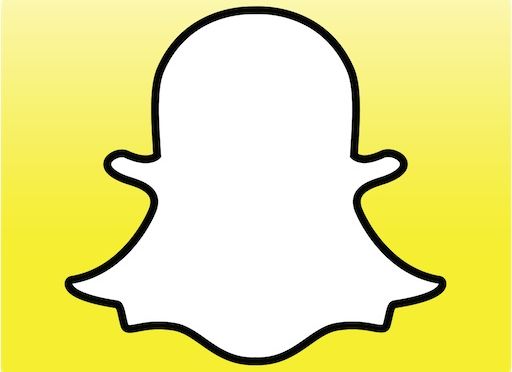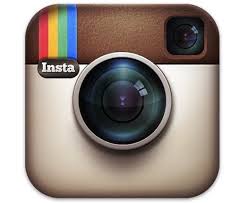How Uber, Angry Birds And Other Viral Apps Got Their First 10,000 Users
Many apps seem like overnight success stories, but the reality is often quite different.
The origin stories of the most successful apps today show humble beginnings in unlikely places, with unlikely first users.
Bonus: 5 Cheap Acquisition Strategies To Reel In Your First 5,000 App Users
Have a look at how these now ‘mainstream’ viral apps got their first 10,000 users, who helped them reach the tipping point of mass adoption. Here are some mobile app marketing best practices you might want to observe.
1. Angry Birds
How Angry Birds got their first 10,000 users: Gain popularity in non-English speaking countries
Angry Birds hit the App Store in December 2009.
It was a total flop, or at least it was for the first three months in the lucrative English-speaking markets.
Not to be deterred, Matt Wilson, the marketer behind the addictive game, focused on getting a following in smaller nations.
This strategy proved very effective – after only a few hundred downloads Angry Birds hit number 1 on the Finnish app store.
The next 30-40,000 downloads were from hitting number 1 in Sweden, Denmark, then Greece and the Czech Republic. Not a huge amount, but probably 4 times what the average app sold at the time.
With this social proof, the creators went to independent publisher Chillingo to push the app out on the UK and US app stores, which now comprise 90% of the app’s market.
Thanks to Chillingo’s good relationship with Apple, in 2010 Apple agreed to feature Angry Birds on the front page of the UK App Store as game of the week.
Bonus: How To Rank #1 On The App Store
The rest is history!
2. Uber
How Uber got their first 10,000 users: Hyper-local marketing and leveraging founder networks
The ‘scrappy’ Silicon Valley startup launched in 2010 in San Francisco as UberBlack only, providing full size luxury cars for hire.
Uber did a pivot when it made UberX available, a cheaper alternative to the limousines.
The company spent most of 2013 aggressively leveraging the founders’ existing tech networks to get their first drivers.
“Today’s huge ridership started with Garrett and I inviting friends, Ryan hitting the startup tech demo scene and as they say, the rest is history.” – Travis Kalannick, UBER CEO
They also got great publicity when they offered free rides to students stranded by the Boston bus worker strikes.
Bonus: How To Generate Buzz Before Launch
Source: Referral Candy
This hyper-local strategy worked incredibly well – By the end of 2013, Uber had expanded rapidly from 12 to 35 cities, and was growing its revenue by 18% a month.
3. Tinder
How Tinder got their first 10,000 users: Target American sororities
Tinder’s adoption relied on the ‘network effect’ to make its service valuable, just like Facebook and SnapChat.
This effect describes how the more users you acquire in one geographical area, the more valuable your app becomes, leading to more downloads and engagement.
Tinder targeted American college sorority girls to be Tinder’s early adopters, enticing them to download with free events and parties.
As more girls joined the app, the guys living on campus wanted to know who was single.
Word of mouth caused the app to go viral across American colleges, with its ‘cheeky’ tantalizing nature as the main draw card.
Bonus: How To Build An App Born To Go Viral Like Candy Crush
From there, it wasn’t long before the geographical reach of Tinder was making this app see 100% year on year growth.
See also: How Tinder Turned Itself Into An Explosive Growth Machine
4. Yo
How Yo got their first 10,000 users: Beta launch to company employees
Yo was created in 8 hours by 2 employees at Israel technology company Mobli.
Embarrassed by the app, the founders Hogeg and Arbel didn’t tell anyone about it, and they didn’t published it under their own names.
Launched quietly on April Fools Day, it was initially rejected by the App Store due to having ‘no substance’, but Hogeg and Arbel fought back and eventually got the app on the app store.
Hogeg shared the app with his wife and assistant, and soon, he and Arbel made it available to all Mobli employees but asked them not to share it with friends.
Inevitably, the app proved impossible to contain.
“Everyone became addicted,” Hogeg said of the beta-testing employees.
Within one month, 20,000 people around Tel Aviv, Israel were Yo-ing each other.
5. Snapchat
How Snapchat got their first 10,000 users:Word of mouth among high school students
Snapchat got off the ground through old-fashioned word of mouth, when it was started becoming rapidly adopted by teenagers in LA high schools.
CEO Evan Spiegel shared an updated version for the iPhone with about 20 friends in September 2011.
After a few weeks they noticed an influx of new users, paired with unusual spikes in activity, peaking between 8 a.m. and 3 p.m.
It turned out the activity was centered around a high school in Orange County. Spiegel’s mother had told his cousin, who was a student at the school, about the app, which then spread throughout the school.
Other high school students in Southern California picked it up, with the number of daily active users climbing from 3,000 to 30,000 in a month in early 2012.
“It seems odd that at the beginning of the Internet everyone decided everything should stick around forever. I think our application makes communication a lot more human and natural.” – Evan Spiegel, CEO of Snapchat
Teenagers loved the transiency of ‘in the moment’ photos compared to social media like Facebook, where photos are permanent, potentially damaging and embarrassing, and viewed by a user’s entire friend base.
Snapchat also wasn’t exclusive to smartphones (you could use it on an iPod touch, for example), and it worked over WIFI so kids didn’t deplete their family data plans.
Its popularity with teenagers was the traction Snapchat needed to go global – faster than it thought as well, if its scalability issues were anything to go off!
6. Instagram
How Instagram got their first 10,000 users: Seeding other social networks
Instagram is famed for becoming the number 1 photo app within 8 hours of launch.
In its first week of launch, Instagram had been downloaded 100,000 times.
Another week passed, and another 100,000 people had downloaded the app.
In just 551 days, the photo sharing mobile app grew 1000% to 30 million users.
Instagram attributes its fast user adoption to the social nature of uploading photos. It was attached to existing social networks including Facebook, Twitter and Foursquare, and encouraged people to share their photos through these channels.
By seeding the social network through other platforms, they were able to capture users from these other channels and get additional adopters.
This was quite an organic, natural generator for new people to see the products of Instagram and entice them to enter the network.
7. Candy Crush
How Candy Crush got their first 10,000 users: Inherent (built in) virality
Candy Crush’s meteoric rise to fame can only be pinned down by one thing that is often an oversight in app development: Inherent virality.
To get Candy Crush discovered, the mobile game was cleverly integrated with Facebook to promote the game’s viral player adoption.
When players progressed in Candy Crush, the game would post Facebook updates on their behalf, so all their networks could see they were using the app.
This captured the attention of the player’s friends as it serves as a personal endorsement of the game – the strongest social proof of all is a personal recommendation from family or friends.
Candy Crush bolstered this virality by also showing the progress of a player’s Facebook friends on the game’s level map.
This fostered competition among the player’s social network and pushed them to keep playing the game, share their achievements, and so on, in a continuous viral cycle.
For a mobile game which is unarguably a solitary pursuit, Candy Crush effectively used social techniques to increase its adoption rate.
8. Fruit Ninja
How Fruit Ninja got their first 10,000 users: Gain awareness among developer community
Fruit Ninja was created by Australian development company Halfbrick House.
It got off to a respectable start on the app store, but to go mainstream the developers focused on press and gaining awareness among the developer community.
The first 2010 launch video for Fruit Ninja involved Halfbrick’s lead programmer in a banana suit fighting with a ninja.
It was pretty amateur, but it still went viral! What made it work was the fact that it showed the company’s swagger and humour, which was unusual in a gaming company at the time.
Where to go next
Launch Hack: How To Get 100,000 Downloads In A Month
How To Build An App Born To Go Viral Like Candy Crush
Why Apps Like Slack And Snapchat Succeed, While Others Crash And Burn
5 Cheap Acquisition Strategies To Reel In Your First 5,000 App Users
Latest posts by Logan Merrick (see all)
- Ep 18: Collective Campus’ CEO on Intrapreneurship and Corporate Innovation - December 20, 2016
- 50 User Engagement Strategies For Planning Memorable Mobile Experiences - December 19, 2016
- Latest Data: App Monetisation Trends And Drivers 2015-2020 - November 25, 2016

